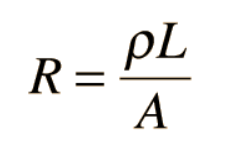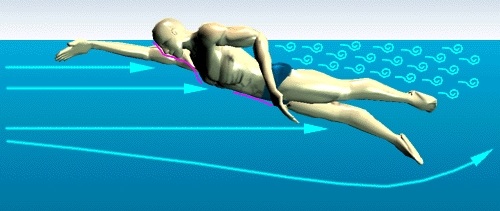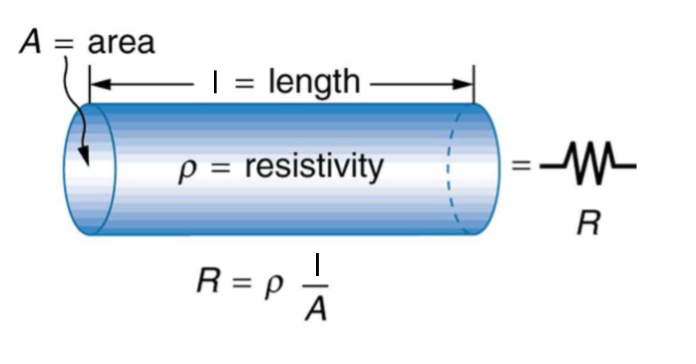Resistance Study Guide
INTRODUCTION:
When you swim, the buoyancy or upward force of the water allows you to eliminate gravity’s downward pull. As a consequence, you’ll feel much heavier. On the other hand, the water presents the swimmer with a new challenge. It’s known as “drag.” Drag is the resistance applied by the water. It is simply the opposite of motion in water.
Newton’s hypothesis of inertia states that every medium opposes the change in the state of motion. This opposition is known as resistance.
WHAT IS RESISTANCE?
In Physics, resistance is a characteristic of a circuit element or a component of an electric circuit that converts electric energy into thermal energy in the presence of an opposing electric current. Collisions of current-carrying charge carriers with fixed components that comprise the conductor framework cause resistance.
The proportion of electromotive force, or driving voltage, required to create a given current across the circuit is affected by the loss of electric energy in the form of heat, even if it is minimal. When the temperature of a conductor, or circuit component, rises, the resistance of that conductor or circuit factor rises as well. Some conductors exhibit negligible resistance once chilled to extremely low temperatures.
FORMULA OF RESISTANCE:

FACTORS AFFECTING RESISTANCE:
- The size, shape, and composition of an object determine its resistance.
- The resistance is proportional to the cross-section area A in inverse relation.
RESISTIVITY:
The electrical resistance of a conductor with a unit cross-sectional area and length is called resistivity. Resistivity is a feature of each material that can be used to compare the capacity of different substances to transmit electric currents. Poor conductors have high resistance.
The temperature-dependent resistivity of a material is determined by its molecular and atomic structure. The resistivity of many of these conductors increases as the temperature rises.
CONCLUSION
- As it moves through matter, the movement of electric charges in an electric current is opposed by resistance.
- The electrical resistance of a conductor with a unit cross-sectional area and length is called resistivity.
- Resistivity is a feature of each material that can be used to compare the capacity of different substances to transmit electric currents.
FAQs:
1. What is resistance?
In an electrical circuit, resistance measures the opposition against current flow. The Greek alphabet omega represents resistance, which is measured in ohms.
2. What is resistance used for?
They can be used to distribute voltage and regulate current flow in a circuit. Resistors are required for electronic circuits to work under proper circumstances, and they are comprised of materials that stop electricity from flowing through them.
We hope you enjoyed studying this lesson and learned something cool about Resistance! Join our Discord community to get any questions you may have answered and to engage with other students just like you! Don’t forget to download our App to experience our fun, VR classrooms – we promise, it makes studying much more fun! 😎
SOURCES:
- 16.5 Ohm’s Law. https://flexbooks.ck12.org/cbook/ck-12-physics-flexbook-2.0/section/16.5/primary/lesson/resistance-and-ohms-law-phys/. Accessed 10 Feb 2022.
- Resistance: https://www.britannica.com/technology/resistance-electronics. Accessed 10 Feb 2022.
- Factors affecting resistance. https://www.khanacademy.org/science/in-in-class-12th-physics. Accessed 10 Feb 2022.


